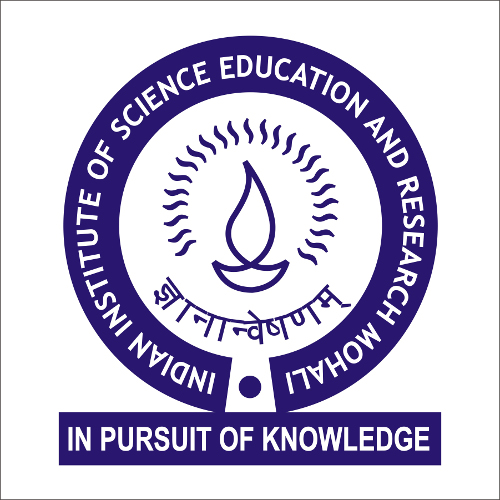Forthcoming Events
Quantum probes for quantum fields in curved spacetime
Hari K (IIT Madras)
Location : Conference Room, AB-1
Abstract: The two-level particle detector models, such as Unruh-de Witt detectors(UdW), that act as quantum probes play a significant role in understanding quantum effects in different frames of reference, such as the Unruh effect. These two-level quantum probes are used to study quantum field theory for different observers in flat spacetime as well as in curved spacetime.
In the presence of gravity, an accelerated or rotating detector can couple with the tidal acceleration due to curvature and affect the response of a detector. For accelerated detectors, we found that the geodesic interval, which is an important quantity in determining the transition rate of the detectors, can be partially resummed for general spacetime with certain assumptions. This allows us to determine the leading order effects on the transition rate of the detectors, which turns out to be a thermal spectrum. In the case of rotation, we studied the rotational motion in de Sitter and anti-de Sitter spacetimes and arrived at specific conditions for the geodesic interval in anti-de Sitter spacetime for the detector to have a thermal spectrum. We also identified specific mappings for stationary motion in dS/AdS spacetime to stationary motion in Minkowski spacetime.
Further, we explore the indirect yet universal role of spacetime curvature in creating entanglement between two quantum probes coupled to a scalar field in a suitable vacuum state. These quantum probes are not initially entangled and are placed at two causally disconnected points. The entanglement between the detectors is affected by the curvature of spacetime and can be elucidated by the causal structure and deviation of detector trajectories due to the presence of curvature. We propose that the features induced in entanglement can facilitate in using entanglement as a probe of spacetime.
In the presence of gravity, an accelerated or rotating detector can couple with the tidal acceleration due to curvature and affect the response of a detector. For accelerated detectors, we found that the geodesic interval, which is an important quantity in determining the transition rate of the detectors, can be partially resummed for general spacetime with certain assumptions. This allows us to determine the leading order effects on the transition rate of the detectors, which turns out to be a thermal spectrum. In the case of rotation, we studied the rotational motion in de Sitter and anti-de Sitter spacetimes and arrived at specific conditions for the geodesic interval in anti-de Sitter spacetime for the detector to have a thermal spectrum. We also identified specific mappings for stationary motion in dS/AdS spacetime to stationary motion in Minkowski spacetime.
Further, we explore the indirect yet universal role of spacetime curvature in creating entanglement between two quantum probes coupled to a scalar field in a suitable vacuum state. These quantum probes are not initially entangled and are placed at two causally disconnected points. The entanglement between the detectors is affected by the curvature of spacetime and can be elucidated by the causal structure and deviation of detector trajectories due to the presence of curvature. We propose that the features induced in entanglement can facilitate in using entanglement as a probe of spacetime.

